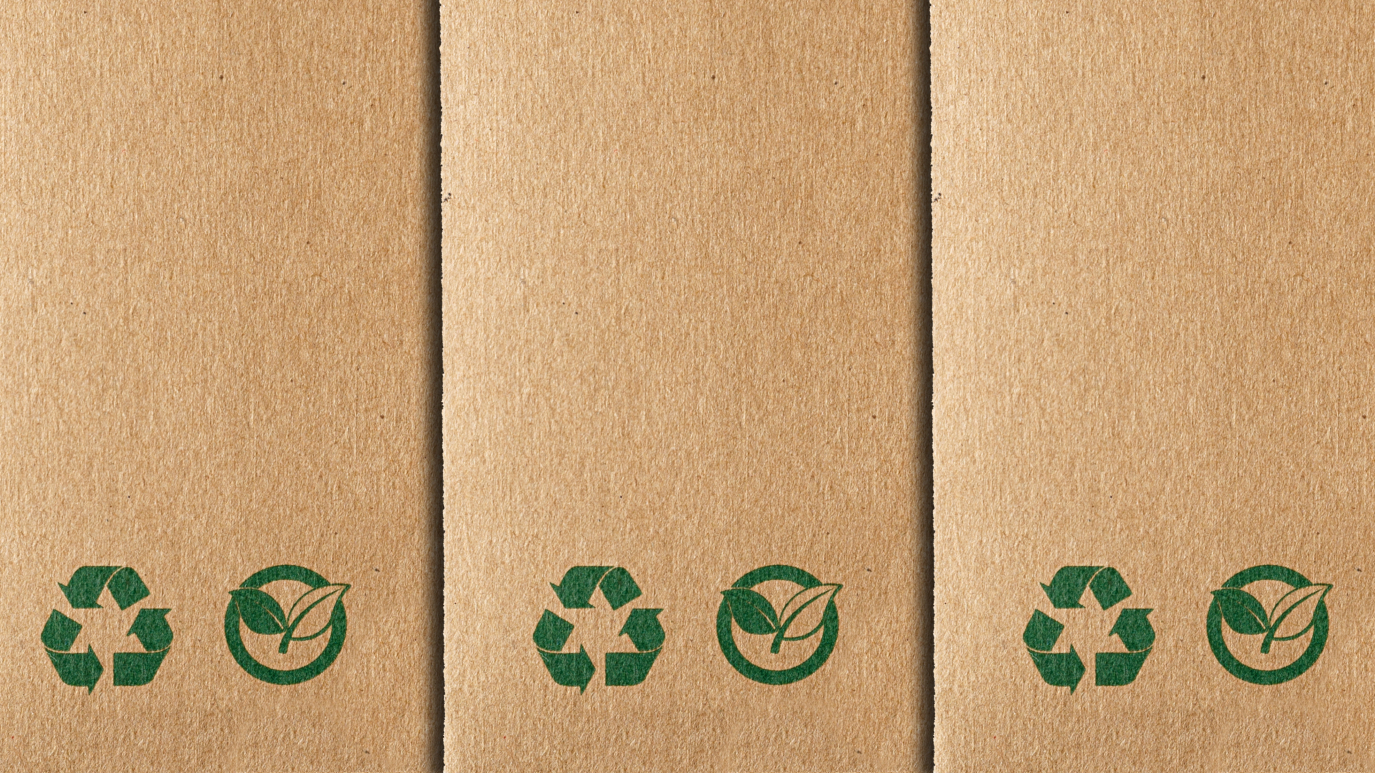
Packaging plays a vital role in protecting products, extending shelf life, and enhancing the consumer experience. However, traditional packaging materials have several limitations and environmental impact concerns. Next generation packaging aims to address these issues through groundbreaking material innovations and design approaches.
Sustainable and Biodegradable Materials
One of the key focus areas of Next Generation Packaging is utilizing sustainable and biodegradable materials that reduce environmental footprint. Polymers derived from plant-based sources like cellulose, starch, and polymers are increasingly being used for flexible and rigid packaging. These plant-polymers can fully degrade after use without releasing toxic residues. Additionally, companies are also exploring the use of agricultural byproducts and waste materials in packaging production. The use of such renewable and organic materials helps cut down reliance on fossil fuels and reduces plastic waste in landfills and oceans.
Advanced Barrier Technologies
Another limitation of traditional packaging is inadequate protection against external factors like moisture, oxygen, grease etc. that can impact product quality and shelf life. Next generation barrier technologies use innovative material combinations and enhanced coating approaches to provide high barrier functionality. These include oxide and mineral layer coatings, biomimetic structures, and nanomaterial enabled layers that can block penetration of gases, liquids and other agents. Advanced barrier packaging plays a vital role in preserving perishable food and pharmaceutical products for longer duration without preservatives or refrigeration.
Intelligent and Active Packaging Systems
Next generation packaging is also focusing on developing intelligent and active packaging systems with integrated sensing and communication capabilities. These systems can monitor critical parameters like temperature, moisture, atmospheric composition around the product in real time. Embedded electronics, wireless sensors and communication protocols enable remote monitoring of product condition during transit and storage. Intelligent labels powered by printed electronics or flexible batteries can display critical product information. Some active packaging systems also release preservatives or absorb ethylene and other deteriorating agents to extend shelf life. Such intelligent traceability aids supply chain management while active functionality enhances product protection.
Improved Design and Customization
Design and customization tailored to product and consumer needs is another key aspect of next generation packaging. Advances in printing, coating and fabrication technologies enable enhanced graphic design, tactile effects and multi-sensory stimulation on packaging surfaces. These aesthetic designs aim to attract consumer attention and communicate unique brand attributes at the point of sale. Additionally, the use of modular and customizable designs facilitates adjustment of packaging type and size based on product form, quantity and target market segment. Customized protective features accommodate specific handling and transportation requirements. Such innovative designs coupled with branding aids marketing while modular customizable solutions optimize material usage.
Integrated Recycling and Recovery Systems
With environmental sustainability being a major driver, next generation packaging aims to develop integrated recycling and recovery infrastructure. This includes innovative label attachments, closure systems and material combinations that enable easy disassembly and segregation of individual packaging components for effective recycling. Some systems also look at integrating identification tags or markers during manufacture that aid automated sorting of used packaging at recycling facilities. Additionally, efforts are on to establish global recognition and tracking standards for used packaging to facilitate their collection and routing to appropriate recycling channels. Overall such integrated circular solutions will enhance packaging recovery rates and minimize waste generation.
Through groundbreaking innovations in materials, functionalities, designs and sustainability approaches, next generation packaging aims to address current limitations and drive new efficiencies. It enhances product protection functionality, enables intelligent connectivity and customization tailored to dynamic markets and consumer needs. Advanced materials and barriers extend shelf lives reducing food wastage. Meanwhile sustainable and intelligent solutions minimize environmental footprint aligning with circular economy principles. Overall, next generation packaging will transform supply chains and help brands offer superior customer value in a responsible manner.
Get more insights on Next Generation Packaging


























